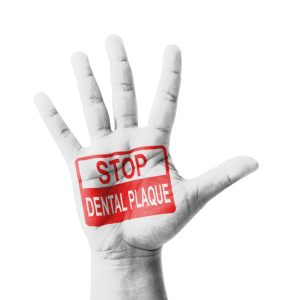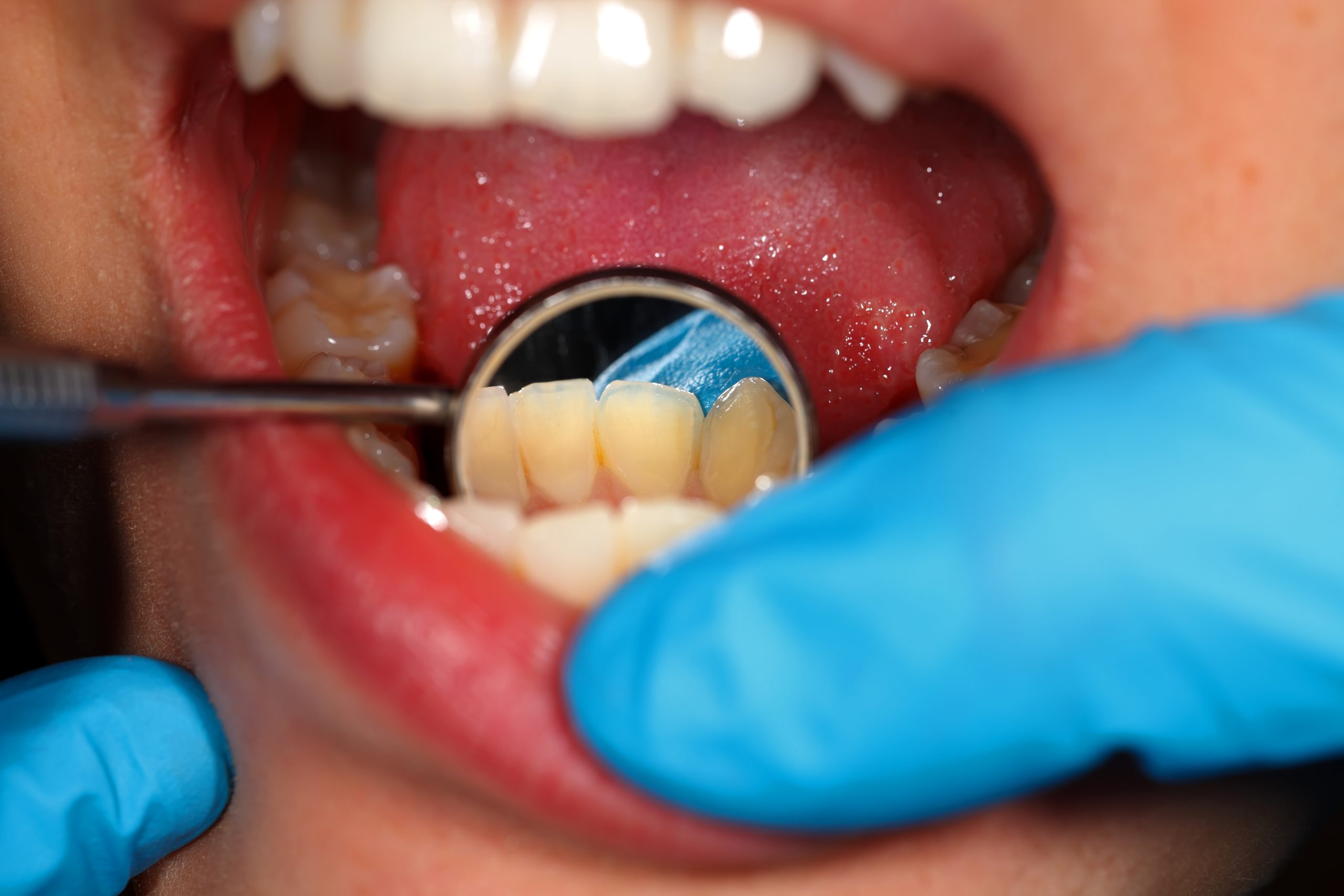What is Tartar
Tartar is dental plaque that is made up of biofilms. Biofilms are a combination of an outer calcium shell and inside this shell are bacteria. This is one of bacteria’s survival mechanisms by hiding underneath this calcium shell so that they go undetected from your immune system as well as from antibiotics. In fact, 95% of bacteria in nature live in biofilms. For example, if you were to take a rock from a stream you would notice a slimy, slippery film on it, that is a biofilm. Biofilms are all over the place and it’s a survival mechanism that’s been going on a very long time. Anytime you have water, as in saliva, you’re going to have biofilms and if there’s an overabundance, you’re going to get bad breath, issues with inflammation, and receding gums. Many people get to a point where it’s too much they might have to have a tooth extracted.
How to Prevent and Manage Tartar
Let’s take a look at what to do to prevent it or manage it better. Something interesting to note is xylitol, the sugar alcohol as in the xylitol gum and xylitol sweeteners, has anti-biofilm properties. It helps suppress adhesions to your teeth. So, if you’re going to chew gum make sure it’s xylitol.
There are also natural substances that are anti-biofilm. These are natural herbs like rosemary, clove, thyme, oregano oil, garlic, curcumin which is in turmeric, cinnamon and another compound called NAC. All of these can help reduce biofilms. However, another simple remedy has just three ingredients. One of these ingredients is baking soda. Baking soda is sodium bicarbonate. One thing about biofilms, especially the ones that overgrow on your teeth as tartar, is that they can start producing too many acids and the pH will drop to around 3.5 to 5.5. To compensate for the acidity the body starts leeching calcium out of your bones in a process called decalcification. So, it’s very important to make sure the pH in your mouth does not get that acidic. You want neutral or maybe slightly acid but not too much. The main culprit that produces too much acid is sugar. If you’re consuming too much sugar or you are diabetic, you’re basically feeding the exact food that these bacteria as well as the yeast, especially candida, love. Bacteria and yeast produce the by-product called lactic acid which then causes the pH to decrease. Now the environment starts to become ideal for extracting calcium from teeth which causes cavities. And remember that throughout this process the microbes are using the calcium for housing. So, using baking soda (sodium bicarbonate) is a great way to increase the pH to make things a little bit more alkaline to help buffer that pH and to not allow calcium to be leached out of the teeth. Also baking soda can help to breakdown these biofilms. Another very interesting fact about sodium bicarbonate- baking soda, is that it is what your saliva naturally makes to buffer these acids. So, you’re just using something that your body is already making and therefore has virtually no side effects.
Anti-tartar Recipe

- Use ¼ a teaspoon of baking soda.
- Add ¼ teaspoon hydrogen peroxide. Make sure you get 3% hydrogen peroxide, and you can get it from any drugstore. This is a good compound to help inhibit biofilms from developing as well as killing off bacteria, and yeast like candida. Also, your body makes hydrogen peroxide, and it is a major compound that your body uses to kill microbes. So, you’re adding what your body naturally produces but in higher quantities.
- Mix with half a cup of water and then use your toothbrush to brush your teeth after you brush your teeth with toothpaste. What this will do is help prevent the biofilms from continuing to come back and your teeth will be nice and smooth.
One last interesting thing to note, there is some interesting research that seems to show a positive correlation between vitamin K2 and inhibiting dental plaque. Some people who actually start taking vitamin K2 that normally comes with vitamin D3, start to notice that the inside of their teeth become smoother. It’s another thing to try but in general vitamin K2 is all about transporting calcium into the bone and out of the soft tissues.
As a retired registered massage therapist, I’ve always been interested in health. I grew up loving sports so that carried into my adult life in my chosen career paths and in my personal life. I now stay active with weight training, hiking and biking. My professional life has always been in health care. This has inspired me to seek out and adopt a life of natural health and wellness.

